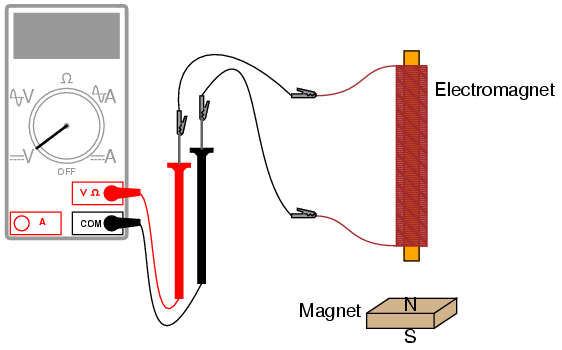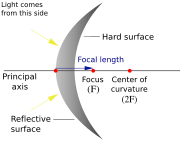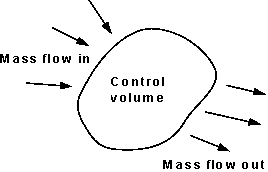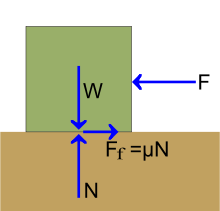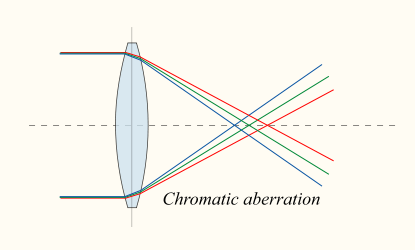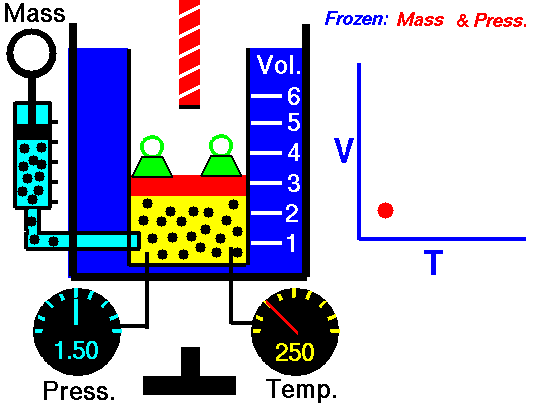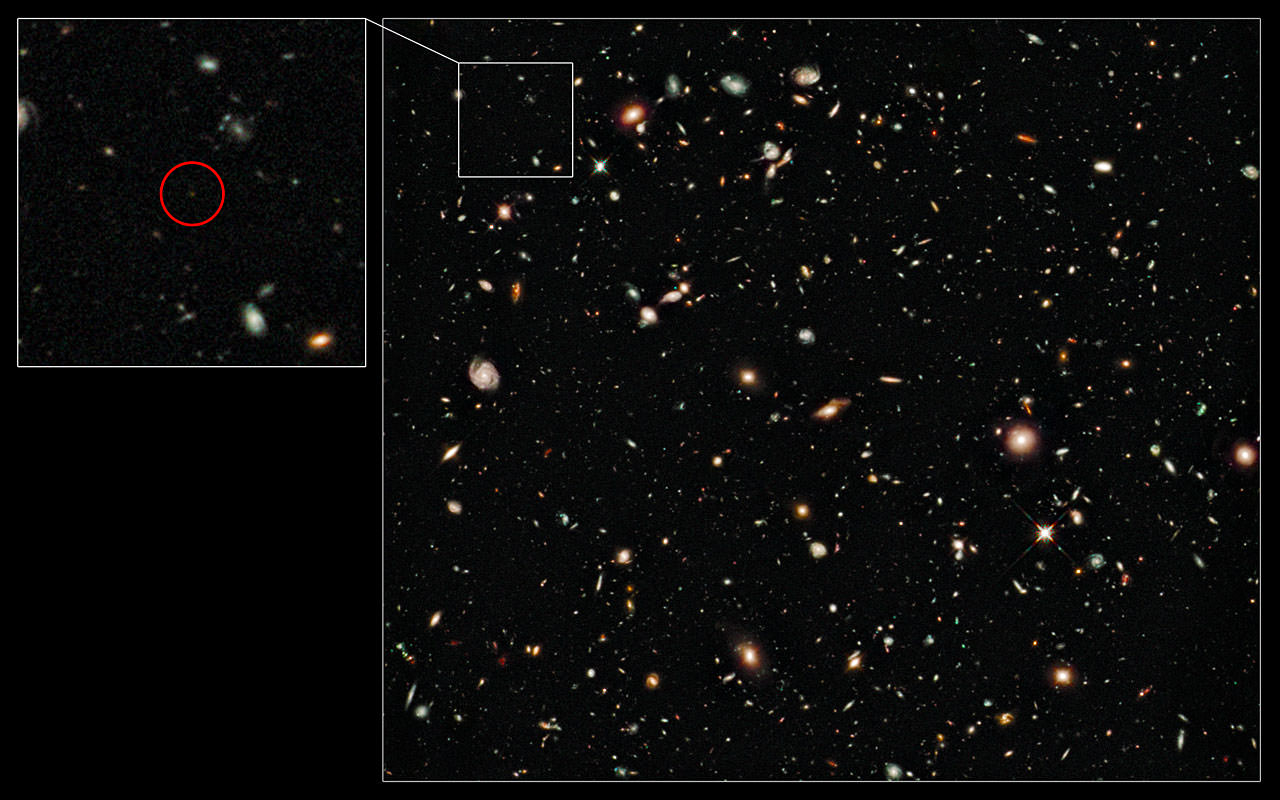Every day, solar radiation reaches the surface of our planet from the sun. It is then converted into thermal radiation which is then absorbed by atmospheric greenhouse gases (such as carbon dioxide) and is re-radiated in all directions. Known as the Greenhouse Effect, this process is essential to life as we know it. Without it, Earth’s surface temperature would be significantly lower and many life forms would cease to exist. However, where human agency is involved, this effect has been shown to have a downside. Indeed, when excess amounts of greenhouse gases are put into the atmosphere, this natural warming effect is boosted to the point where it can have damaging, even disastrous consequences for life here on Earth. This process is known as the Enhanced Greenhouse Effect, where the natural process of warming caused by solar radiation and greenhouse gases is heightened by anthropogenic (i.e. human) factors.
The effect of CO2 and other greenhouse gases on the global climate was first publicized in 1896 by Swedish scientist Svante Arrhenius. It was he that first developed a theory to explain the ice ages, as well as the first scientist to speculate that changes in the levels of carbon dioxide in the atmosphere could substantially alter the surface temperature of the Earth. This was expanded upon in the mid-20th century by Guy Stewart Callendar, an English steam engineer and inventor who was also interested in the link between increased CO2 levels in the atmosphere and rising global temperatures. Thanks to his research in the field, the link between the two came to be known for a time as the “Callendar effect”.
As the 20th century rolled on, a scientific consensus emerged that recognized this phenomenon as a reality and increasingly urgent problem. Relying on ice core data, atmospheric surveys performed by NASA, the Mauna Loa observatory and countless other research institutes all over the planet, scientists now believe there is a direct link between human agency and the rise in global mean temperatures over the fifty and even two-hundred years. This is due largely to increased production of CO2 through fossil fuel burning and other activities such as cement production and tropical deforestation. In addition, methane production has also been successfully linked to an increase in global temperatures, which is the result of growing consumption of meat and the need to clear large areas of tropical rainforests in order to make room for pasture land.
According to the latest Assessment Report from the Intergovernmental Panel on Climate Change which was released in 2007, “most of the observed increase in globally averaged temperatures since the mid-20th century is very likely due to the observed increase in anthropogenic greenhouse gas concentrations”. If left unchecked, it is unclear what the exact consequences would be, but most scenarios predict a steep drop in worldwide food production, widespread drought, glacial depletion, the near to total depletion of the polar ice cap, and the possibility that the process could become irreversible.
Getting toasty in here!
We have written many articles about enhanced greenhouse effect for Universe Today. Here’s an article about greenhouse effect, and here’s an article about atmospheric gases.
If you’d like more info on Enhanced Greenhouse Effect, check out these articles from USA Today and Earth Observatory.
We’ve also recorded an episode of Astronomy Cast all about planet Earth. Listen here, Episode 51: Earth.
Sources:
http://en.wikipedia.org/wiki/Greenhouse_effect
http://www.science.org.au/nova/016/016key.htm
http://en.wikipedia.org/wiki/Radiative_forcing
http://en.wikipedia.org/wiki/Svante_Arrhenius
http://en.wikipedia.org/wiki/Callendar_effect
http://en.wikipedia.org/wiki/History_of_climate_change_science


